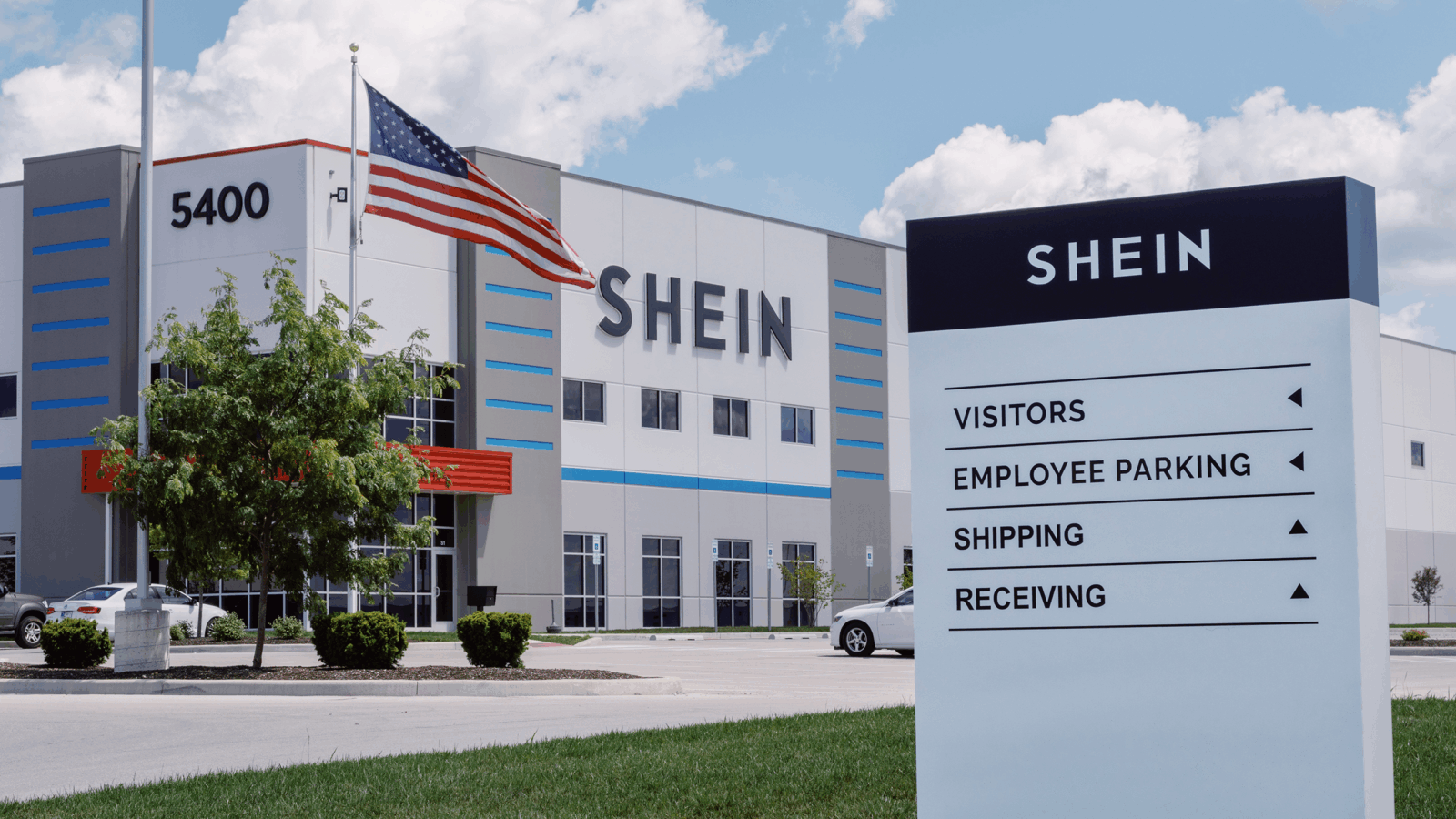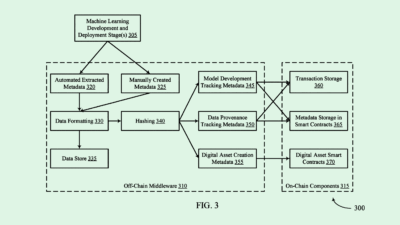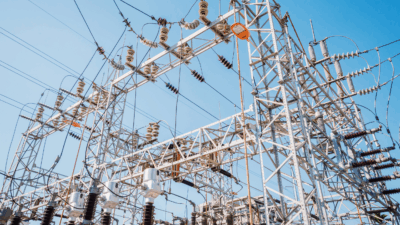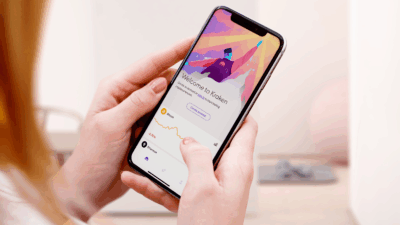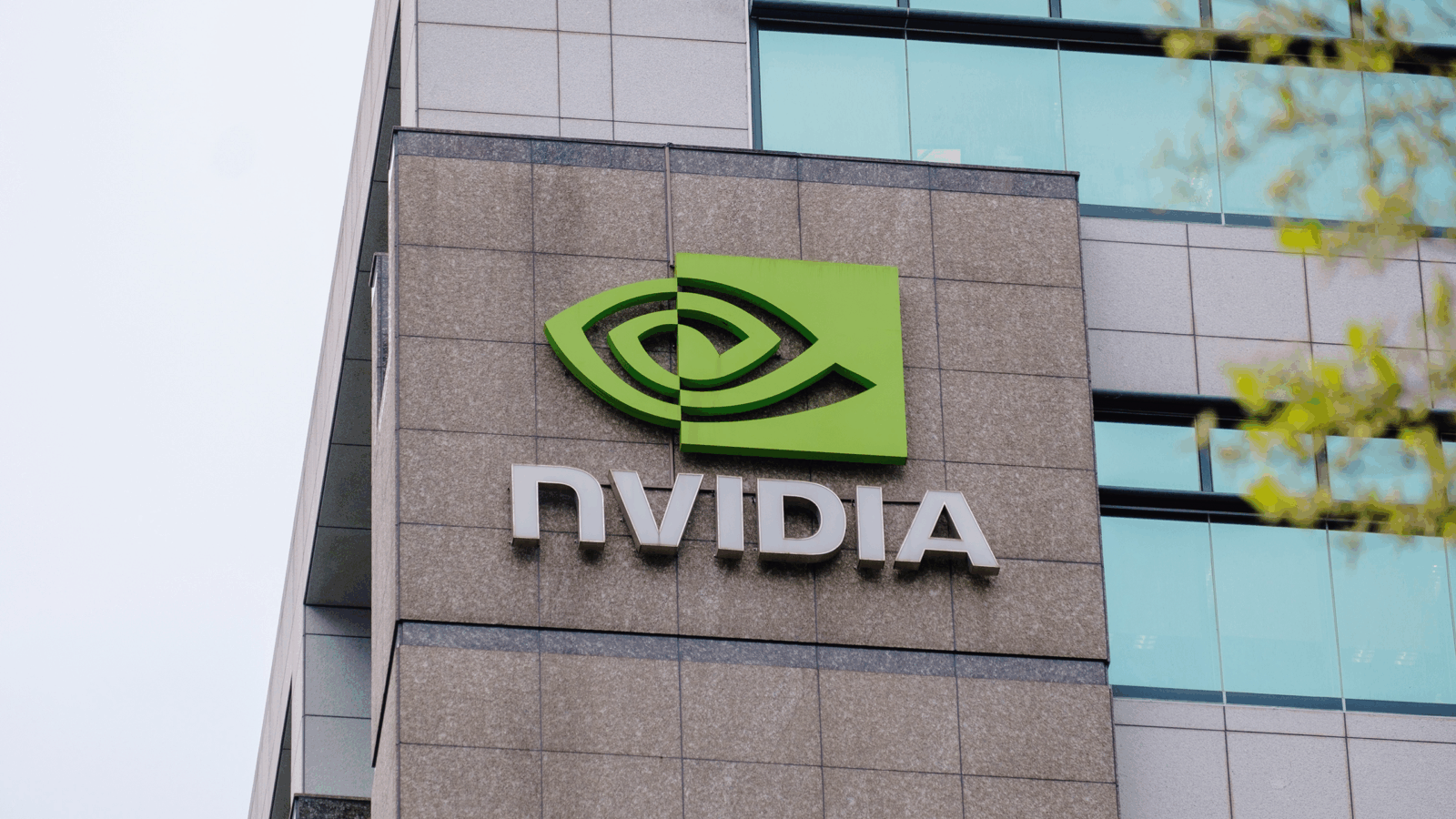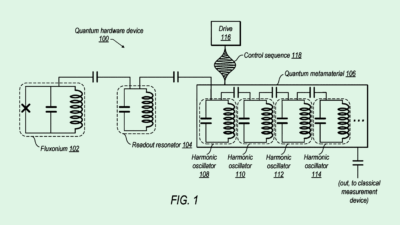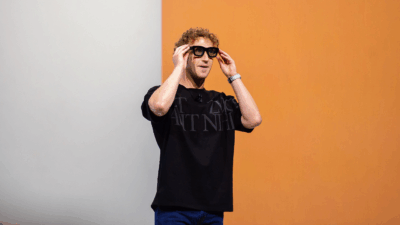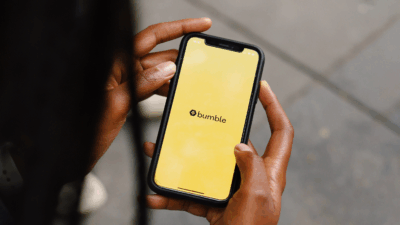Uber’s Behavior Prediction Model May Come With Privacy Problems
Uber wants to know how you feel before you even get into your ride.
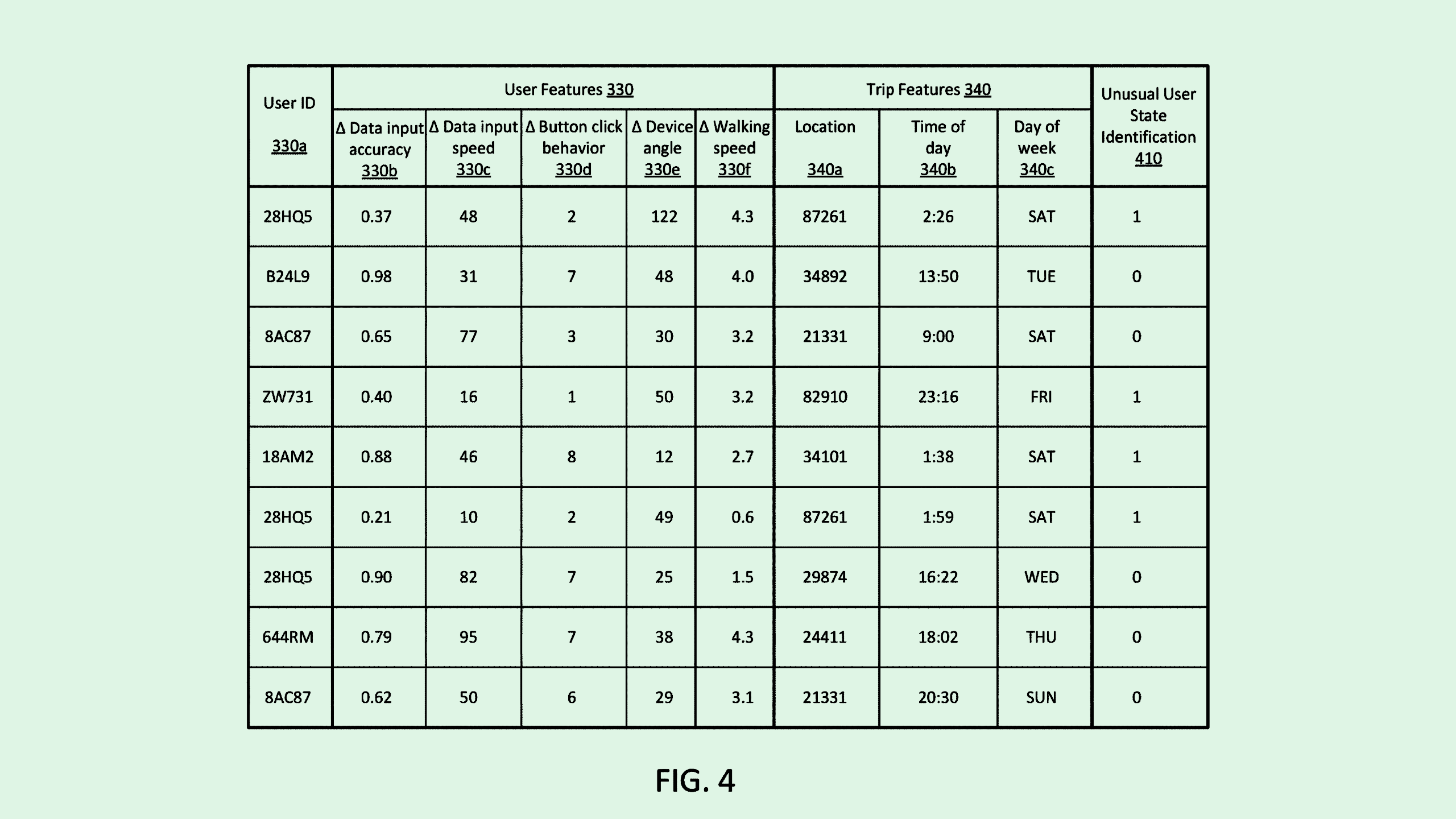
Sign up for smart news, insights, and analysis on the biggest financial stories of the day.
Uber wants to know how you’re really feeling when you call that 2 a.m. ride.
The company wants to patent a system for “predicting user state using machine learning.” Uber’s tech monitors a user’s past and present behavior on rides to determine what normal versus “uncharacteristic” behavior may look like.
Uber said in the filing that safety incidents or bad ride experiences may occur when a user or provider acts uncharacteristically. By understanding a bit more context on the user’s current state, whether it be physical or mental, this tech aims to help mitigate safety or experience issues.
Uber’s tech uses a machine learning model to identify patterns in the user’s past trip data to detect if a ride being called is indicative of an unusual state. This data can include trips that were monitored as they occurred, user ratings, or feedback from drivers or riders about trips. It can also include more in-depth data like texts sent to drivers, movement of user devices, time and destination of the trip, and even the speed at which a user interacts with the Uber app.
With this hoard of data, the system can determine whether or not a user may act out of character before they even get into the vehicle. For example, if a user generally takes an Uber to and from work, but they happen to call a ride home from a bar at midnight on a Tuesday after a happy hour that went long, this system may deem that as out of the ordinary.
The system can respond in a number of ways, including changing the time of pick-up, modifying pick-up or drop-off locations to ones that are “well lit and easy to access,” matching users with more experienced providers, or preventing users from getting into carpools. In some cases, the user may not be matched with a provider at all.
Uber already offers different safety features, including speed limit alerts, real-time ID checks, and phone number anonymization. The company also previously sought to patent a system for detecting “location-spoofing” to keep track of a driver’s location.
The tech in this patent could serve multiple purposes. For one, rides that are tailored to a user’s current state could open up the door to personalized services at a premium – something that may boost sales after the company’s earnings swerved back into unprofitability.
Another likely use case is boosting safety for both drivers and riders. This kind of tech is in line with calls for increased in-car surveillance, such as requiring cameras, to ensure safety after hundreds of lawsuits against Uber claiming that the company hasn’t done enough to prevent assault.
But building behavior profiles of users may come with some privacy concerns. This tech relies on tracking not just a user’s ride history and ratings, but up-close data like their typing speed, accuracy, and movements to determine whether or not you’re acting strangely. Given that AI isn’t the best at understanding human emotional or mental states, Uber’s tech may have difficulties gaining any insight from this kind of tracking.




